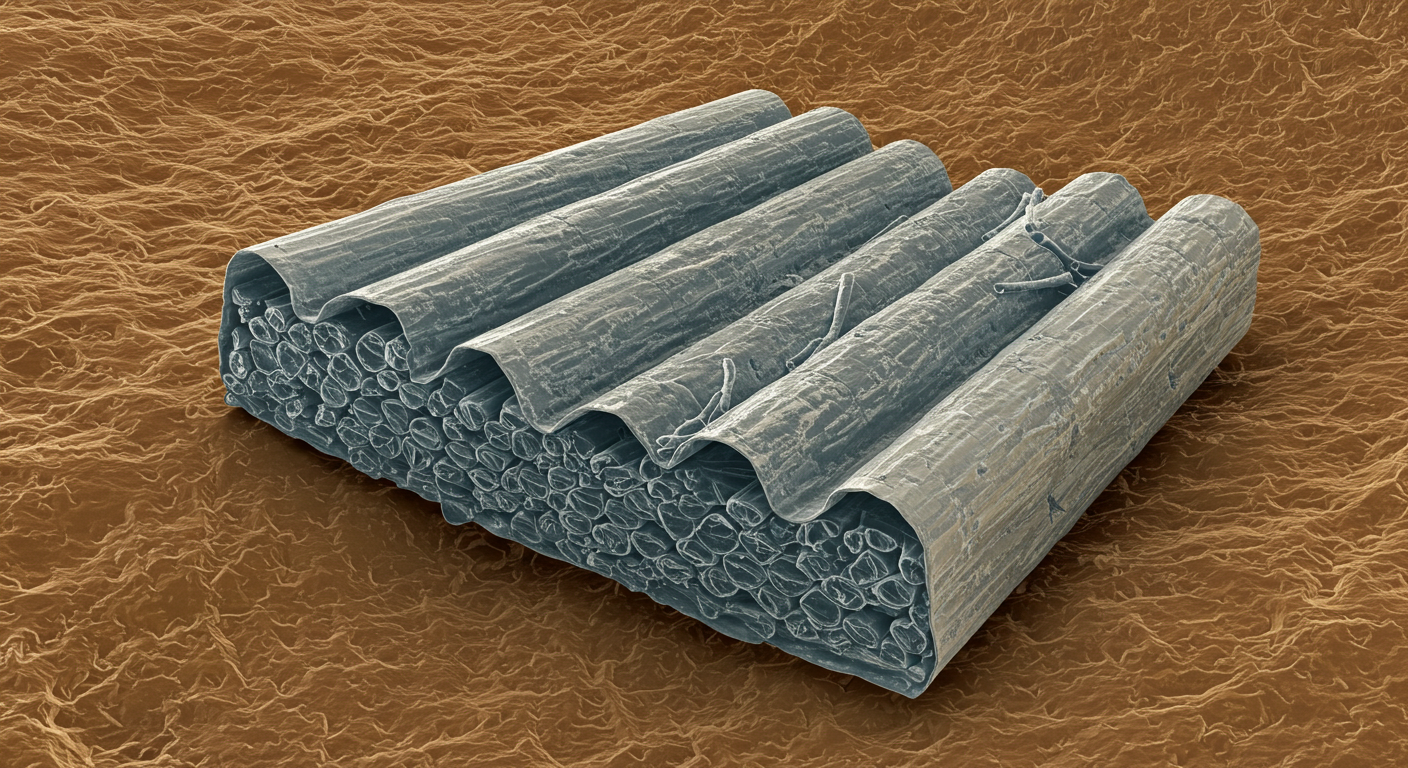The term asbestlint is unfamiliar to many, yet it represents a serious and often overlooked environmental and health threat. Found mainly in older construction materials, asbestlint refers to fine asbestos dust particles released into the air as asbestos-containing materials (ACMs) age or get disturbed. These microscopic fibers can cause major health issues if inhaled, making it critical to understand what asbestlint is, where it may be hiding, and how to deal with it safely.
In this article, we explore the dangers of asbestlint, how to detect it, and what steps you should take to avoid exposure in both residential and commercial buildings.
What Exactly Is Asbestlint?
Asbestlint is the airborne, lint-like residue that results from the deterioration, disturbance, or improper removal of asbestos-containing materials. Unlike solid asbestos panels or insulation, asbestlint refers to fine, nearly invisible fibers that become a part of the air, making them particularly hazardous. These fibers can float undetected and are easily inhaled, accumulating in the lungs over time.
While asbestos itself is a naturally occurring mineral known for its heat resistance and insulating properties, it’s now widely recognized as a dangerous material when airborne in fiber form—particularly asbestlint.
Common Sources of Asbestlint in Buildings
Asbestlint can originate from a wide range of construction materials, particularly in buildings built before the 1980s. Although banned in many countries, asbestos was once heavily used in residential, industrial, and public construction.
Here are some areas where asbestlint might be hiding:
-
Pipe insulation and HVAC duct coverings
-
Ceiling tiles and drop ceilings
-
Textured wall coatings and popcorn ceilings
-
Vinyl flooring adhesives
-
Roofing shingles and siding
-
Boiler and furnace insulation
When any of these materials crack, flake, or are disturbed during renovation, they can release asbestlint into the surrounding air.
Health Hazards Linked to Asbestlint Exposure
Exposure to asbestlint is dangerous due to the way its tiny fibers interact with the human body. Because they are microscopic, these particles can bypass the body’s natural filtration systems in the nose and throat, lodging deep in the lungs. Over time, this can lead to severe and sometimes fatal illnesses.
1. Mesothelioma
A rare form of cancer that primarily affects the lining of the lungs, heart, or abdomen. It’s almost exclusively caused by asbestos exposure.
2. Asbestosis
This is a chronic lung condition caused by the scarring of lung tissue due to inhaled asbestos fibers. Symptoms include shortness of breath and a persistent cough.
3. Lung Cancer
Prolonged exposure to asbestlint significantly increases the risk of developing lung cancer, especially in smokers.
4. Pleural Thickening and Plaques
Asbestos exposure can lead to a thickening of the pleural membrane surrounding the lungs, leading to restricted breathing capacity.
How to Detect Asbestlint in Your Home or Property
Unfortunately, asbestlint is invisible to the naked eye and often goes unnoticed until it’s too late. If your home or workplace was built before the 1990s, there’s a chance it could contain asbestos materials that may produce lint-like particles over time.
Here’s how to detect or confirm the presence of asbestlint:
-
Hire a certified asbestos inspector to perform testing.
-
Look for signs of aging materials like flaking, cracking, or dust buildup.
-
Check construction records if available, especially for homes built between 1940 and 1980.
It’s important to never touch or disturb suspect materials. Improper handling can turn a harmless material into an active source of asbestlint exposure.
Safe Removal and Management of Asbestlint
If asbestlint is detected, professional remediation is absolutely necessary. Attempting to clean up or remove asbestos-laden material on your own is not only dangerous but often illegal in many regions.
Professional Asbestos Abatement Steps:
-
Assessment – Professionals will test the air and materials to verify asbestos presence.
-
Containment – Affected areas are sealed off to prevent fibers from spreading.
-
Protective Gear – Workers wear respirators, suits, gloves, and goggles.
-
Removal and Cleanup – Materials are removed using HEPA vacuums and negative air pressure systems.
-
Disposal – Asbestos waste, including asbestlint, is sealed in leak-proof containers and taken to certified disposal sites.
Legal and Safety Regulations Surrounding Asbestlint
Due to the known health dangers of asbestlint, most governments have strict rules regulating how asbestos-containing materials should be handled.
In the U.S., these include:
-
EPA regulations under the Clean Air Act and the Asbestos Hazard Emergency Response Act (AHERA)
-
OSHA standards protecting workers from occupational exposure
-
State and local building codes requiring testing before renovation or demolition
If you’re buying or renovating a property, especially one built before 1980, it’s legally required in many areas to conduct an asbestos inspection first.
Preventing Exposure to Asbestlint
The best protection against asbestlint exposure is prevention. Here’s how you can stay safe:
-
Schedule professional inspections before beginning any demolition or renovation.
-
Avoid disturbing old materials such as insulation or ceiling tiles without proper testing.
-
Use licensed asbestos contractors for any repair or removal work.
-
Seal off old asbestos materials that are still intact, as disturbing them can release fibers.
-
Educate residents and workers on the risks and signs of asbestos exposure.
Modern Alternatives to Asbestos Materials
Thanks to increased awareness, asbestos is no longer used in most modern construction. If you’re replacing materials, here are safe alternatives to avoid creating future asbestlint risks:
-
Fiberglass insulation instead of asbestos insulation
-
Cement fiberboard instead of asbestos sheeting
-
Vinyl or ceramic tiles instead of asbestos vinyl flooring
-
Eco-friendly roofing materials such as recycled rubber or metal roofing
Switching to these materials during renovation adds long-term safety and peace of mind.
Conclusion: Take Asbestlint Seriously
While not as widely known as asbestos itself, asbestlint is a very real and dangerous form of asbestos exposure. Fine particles that enter the air from old materials can pose long-term health risks to anyone living or working in affected buildings. The good news is that with awareness, testing, and proper remediation, you can eliminate the threat and live or work safely.
Don’t wait until symptoms appear or accidents happen. If you suspect asbestlint may be present in your home or workplace, act now. Consult professionals, follow local safety laws, and protect your environment from this invisible but hazardous threat

